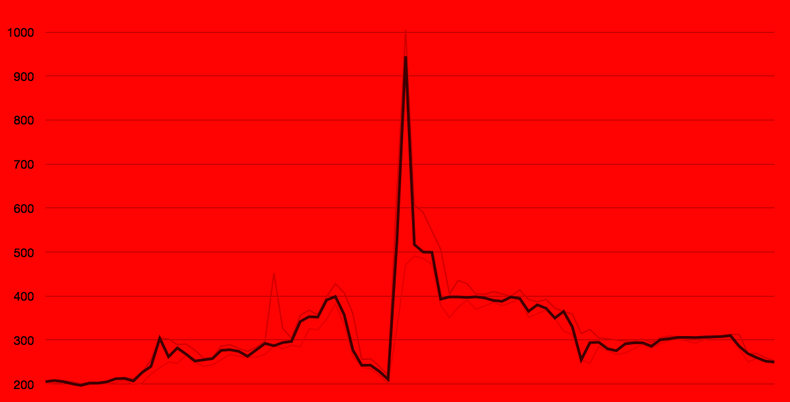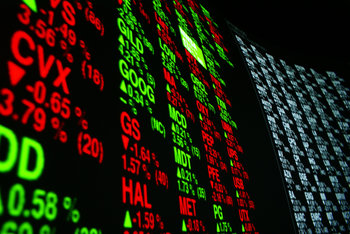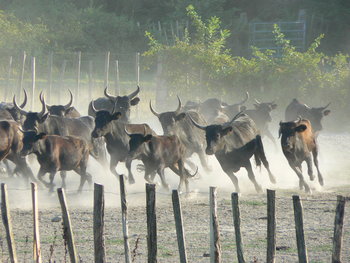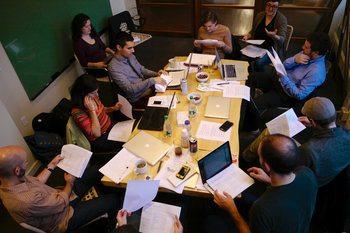
Information
The release of positive information such as earnings or news can trigger a short squeeze. Sophisticated short sellers such as large institutions may hold a position through any news that doesn't invalidate their investment thesis. For example, if an investor firmly believes that a company is essentially worthless they may be prepared to hold short positions through periods of positive news because they believe in the end the security is going towards zero. However, if news truly invalidates the thinking of most shorts they may rush to the exits causing a dramatic price increase. For example, in October 2008 shares of Las Vegas Sands surged 80% after a rival reported high occupancy rates. This invalidated the short thesis that the poor economy at the time was cutting into the hotel and casino business.Margin Calls
Shorts sellers have sold stock that doesn't belong to them and must maintain enough cash, assets and margin in their accounts to satisfy regulations and the policies of their broker designed to guarantee that the stock will be repurchased. In many cases, a short squeeze occurs when shorts still firmly believe in their investment thesis due to an inability to maintain the requirements of their margin account, resulting in a margin call that is essentially a demand to cover a short position or immediately deposit more cash. Price increases in a stock can result in waves of margin calls resulting in more price increases and further margin calls.Days to Cover
Days to cover is the number of days of average volume it would take for all current short positions to be covered. This is often used as a rough measure of the risk of a short squeeze. For example, if days to cover is 10 then it would require 10x the normal volume in a stock for all shorts to cover their position in a day. In theory, a security with an unusually high days to cover could experience a short squeeze at any time absent of any news. For example, an institutional investor who covers a large short could trigger a price rise that causes other shorts to cover in a vicious cycle.Public Float
Public float is the number the shares of a security that are in the hands of public investors. A small float is a risk to short sellers as this is the total number of shares that are available to cover a short position. The public float effectively decreases when a controlling entity buys shares that it intends to hold indefinitely. This can trigger a short squeeze. In 2008, Porsche announced hat it had effectively gained control of 74 percent of Volkswagen’s voting shares. This news triggered a two day short squeeze that saw the price climb from about €200 to above €1,000. The government of Lower Saxony also owned a 20 percent stake in Volkswagen that it would not sell. This meant that only about 6% of shares were available to the public market when around 12.8 percent of shares were short.| Overview: Short Squeeze | ||
Type | ||
Definition (1) | A vicious cycle whereby a price increase in a security causes short sellers to cover causing a further price increase triggering more short covering. | |
Definition (2) | A price increase in a security caused by short covering. | |
Related Concepts | ||





























